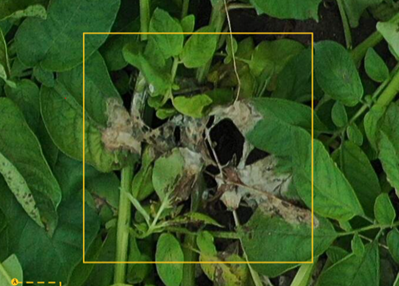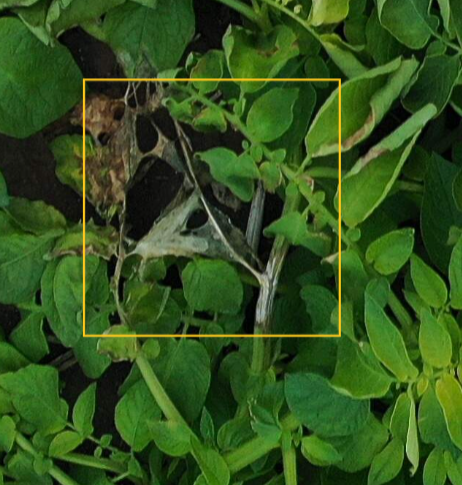White mold (Sclerotinia stem rot) is a fungal disease that can be present in potato fields with dense canopies, high rates of nitrogen fertilization, and overhead irrigation that exceeds crop needs. Stem rot incidence is most notable when agricultural practices promote extensive canopy growth, which encourages high relative humidity within the canopy and long periods of canopy wetness, that are essential for disease development.
Lesions usually first appear in the intersections between the stem and branches, or on branches and stem in contact with the soil. These become quickly covered with a white cottony growth that can spread rapidly to nearby stems and leaves if moisture is present for several hours.
As lesions expand, they can girdle stems causing foliage to wilt. When conditions become dry, lesions dry out and turn beige, tan or bleached white and papery in appearance. As infected tissue decays, hard, irregularly-shaped resting structures called sclerotia form on the inside and outside of decaying tissue. Stems are frequently hollowed out by the fungus leaving a papery shell to cover numerous sclerotia. Sclerotia eventually fall to the ground as infected stems dry out and the host plant dies.


.png?height=120&name=AgroScout_logo_Big_High_Resolution-(1).png)